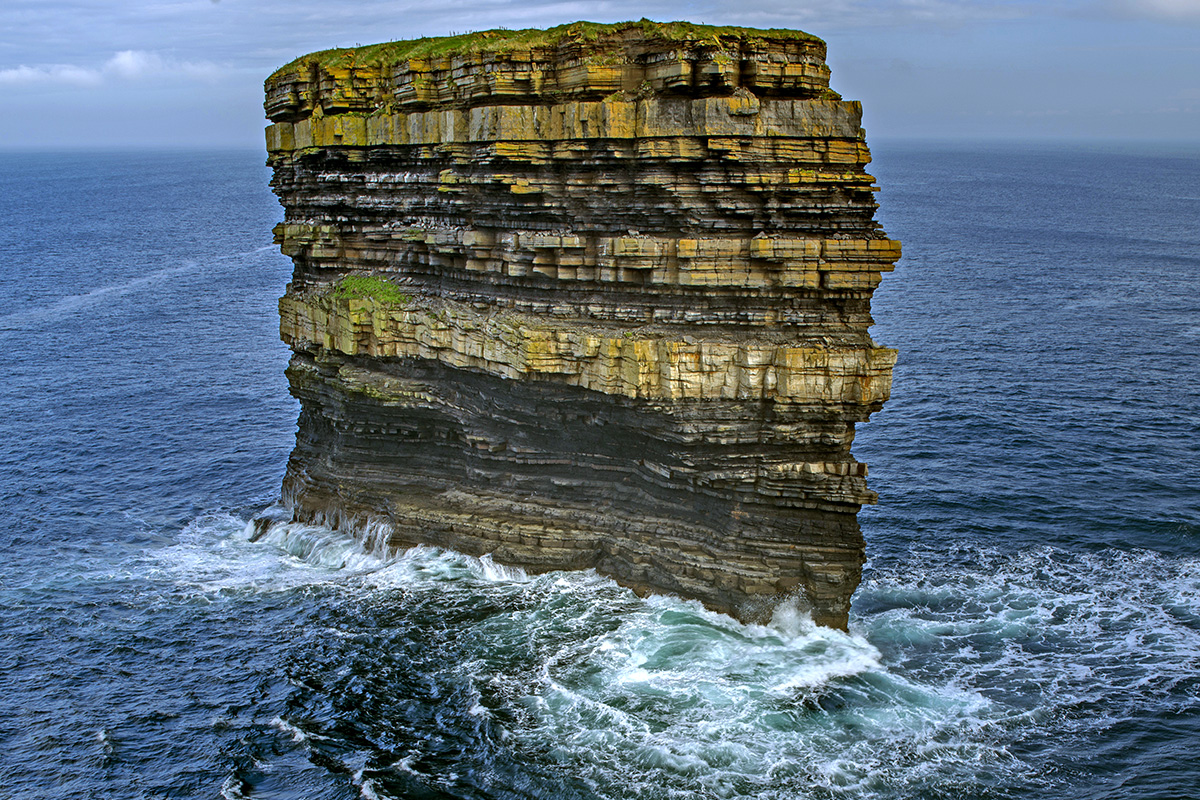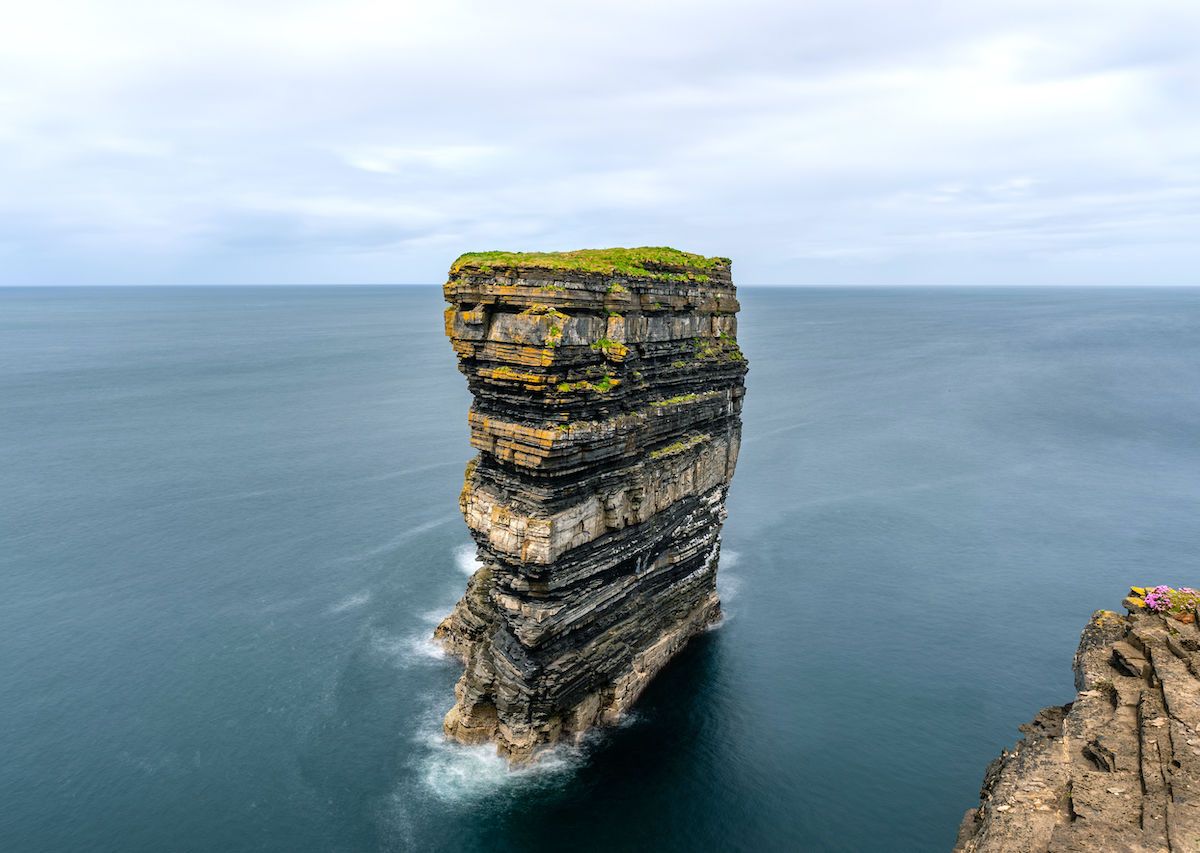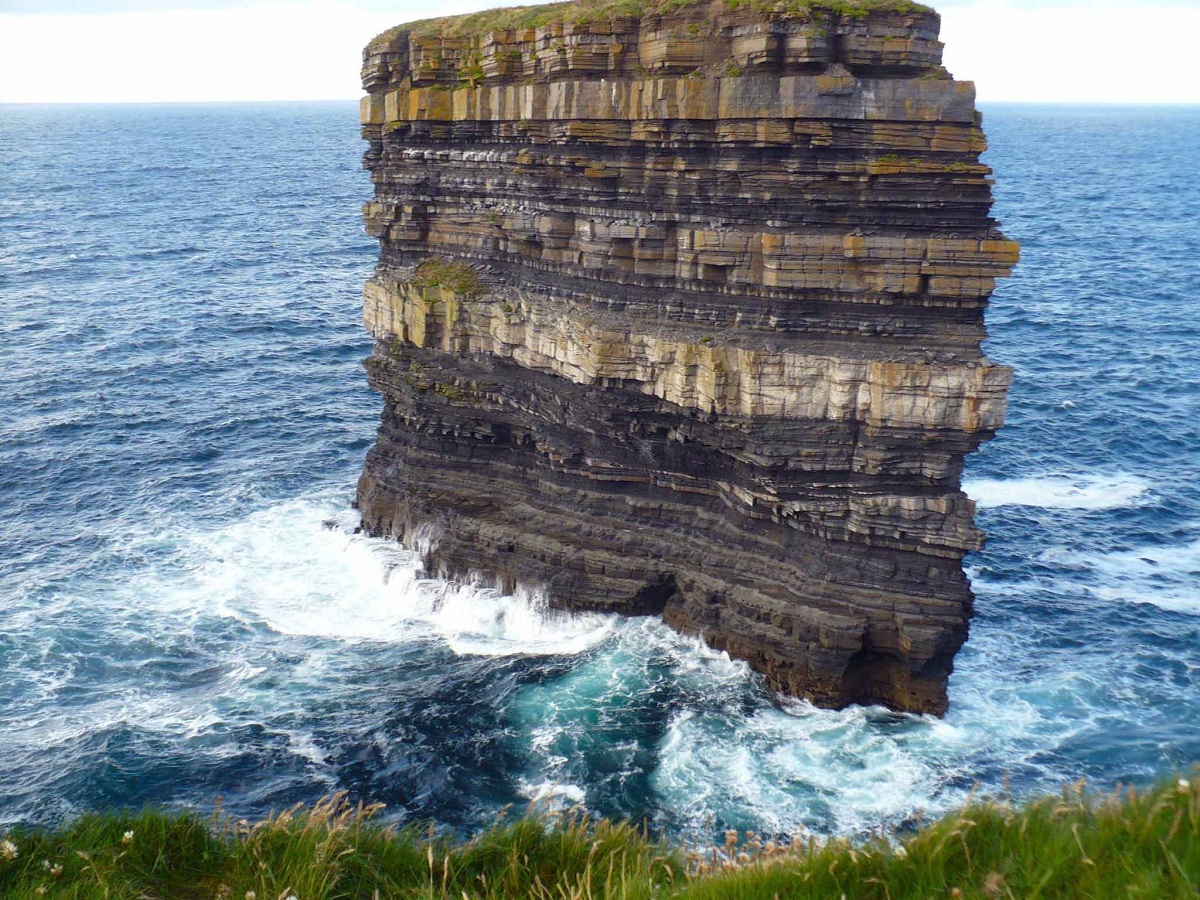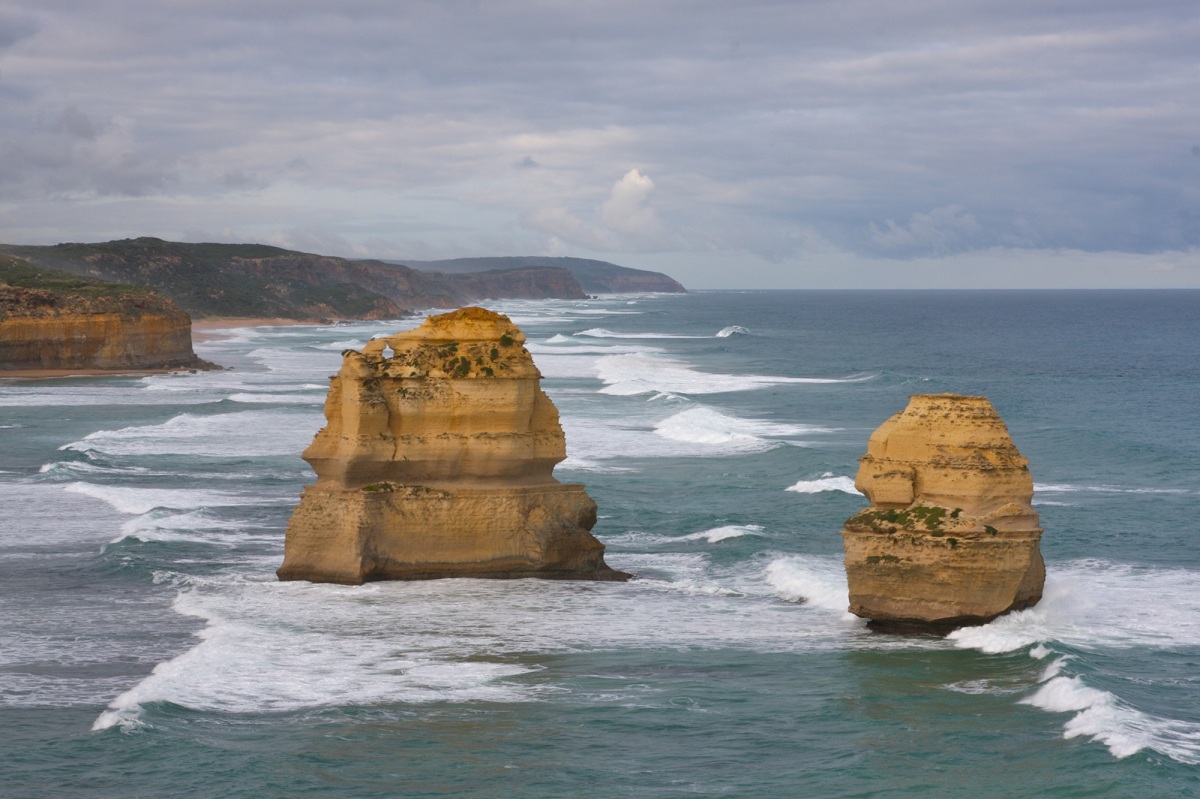
On the coasts and in the seas we find various geological forms with special characteristics. One of them is the sea stack. It is a rock pillar that meet the water near a shoreline. They are common along the coasts of the whole world. In English it is known as Sea Stack and you have to know how to identify them well since they can cause problems for sailors.
In this article we are going to tell you everything you need to know about the sea stack, what its characteristics and formation are.
What is a sea stack
Sea stacks are rock pillars found in the water near the shore. Marine pillars are common on many coasts of the world, and some are even very famous. Like other features found along the coast, sea mounds are also in a constant state of flux, with new sea mounds constantly appearing and old ones disappearing. It is well known that some sea stacks can erode into very unusual and attractive layers, making them a popular subject for photographers and painters.
The accumulation of the sea is due to the natural erosion of the coastal headlands. Normally, the ocean first uses a hole in the source to form an arc that slowly expands over time. Eventually the arch collapses, leaving a sea stack on one side and the promontory on the other side. After separating from the shoreline, the sea stack will slowly begin to erode, melt into the water, or collapse.
In essence, the sea stack is like a very small island. In some cases, the sea stack is actually part of an island that has been worn away. Many migratory birds use sea stacks to build nests and shelters and they appreciate their isolation and relative safety. Sea stacks are also very popular with climbers, because many of them bring interesting challenges.
Key features
The distribution of sea stacks in an area varies, depending on the type of rock that forms the promontory, the environmental and climatic conditions, and the prevailing currents. In some cases, an area may be littered with sea piles made of very hard stone, while in other cases, the coastline has only a few piles made of soft and brittle materials such as limestone and sandstone. Since many sources are made up of ancient sea beds, some sea stacks will also show interesting fossil remains during the erosion process.
It is recommended to proceed with caution when near the sea. The pile can accidentally collapse, causing injury to anyone standing or navigating nearby. When climbing sea mounds, it is better to pay attention to soft and brittle rocks, that can sag under the weight of climbers, and avoid particularly narrow and thin marine piles because they can be very fragile. Also, because birds use sea stacks as nesting areas, protection agencies may restrict access to sea stacks to protect the birds.
Formation of the sea stack
All the sea stack needs for its formation is a cliff, a little water, and a lot of time. Thousands or even millions of years, in fact.
La coastal erosion or the slow erosion of rock by water and wind over long periods of time causes a pile to form. All sea stacks begin as part of nearby rock formations. Millennia of wind and waves hit the rock and break it. The force of the two creates cracks in the stone and, little by little, the cracks turn into splinters that fall from the main rock.
When enough chips are dropped, holes are created that stretch from one side of the rock outcrop to the other. Eventually the wind and water make their way to the other side, creating a cave or arch. For many generations, this arch also falls, separating a part of the rock from the original cliff. This is your sea stack.
Over time, this too breaks down, what causes the pile to collapse, leaving what is known as a sea stump. Any pile could turn into a stump as the water breaks through its base, so climbers should treat piles with caution.
Where can they be seen?
Sea stacks can be found on all seven continents, each highlighting a subtle difference in the way they are made. For instance, the sea stacks in Lagos, Portugal, were created from sedimentary rock, with various natural materials that combine to give them a beautiful scratched effect. However, this rock is unstable and brittle, which means that even gentle waves can start the erosion process.
Also in Europe, there's the terrifying-looking North Gaulton Castle on the main island of Scotland's Orkney Islands. It has long attracted ambitious climbers, as it is much wider at the top than it is at the bottom. Other impressive examples can be seen in South America (in the Galapagos), North America (Newfoundland, Canada), Asia (Phang Nga Bay, Thailand), and in and around the Arctic, such as Vik (Iceland) and the Faroe Islands. .
These are just a few of the impressive sea stacks that can be found around the world. After all, any place with cliffs and a sea can create one over time, and eagle-eyed tourists can see them on all seven continents.
As you can see, on our planet you can find various geological formations that take thousands of years to form. However, they can be destroyed in a matter of minutes by human action. I hope that with this information you can learn more about the sea stack, what its characteristics are and how they are formed.


